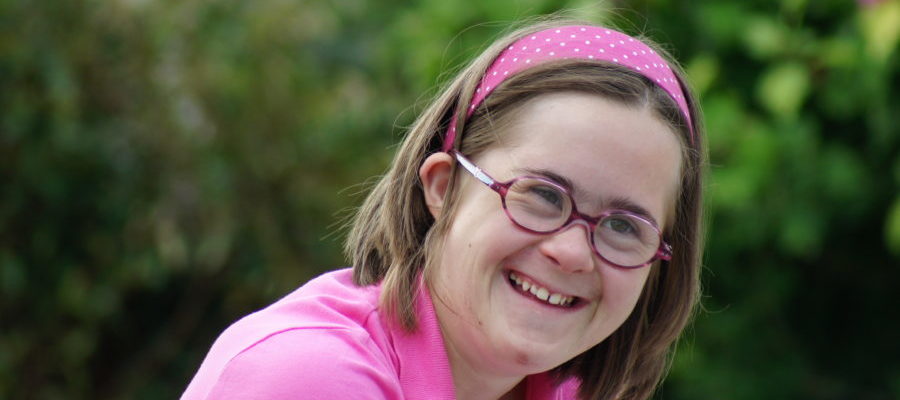Study Objectives
This project is based on the following observations:
Large studies have shown that a person with trisomy 21 is at least 12 times less at risk of developing breast cancer than a person in the general population, while various statistical studies have shown that people with trisomy 21 are prone to developing hematological tumors.
There would therefore appear to be genetic factors protecting against breast cancer in women with trisomy 21.
Hormonal factors alone cannot explain this marked decrease in breast cancer, and other protective factors, most likely genetic, are involved. It is interesting to note that trisomy 21 has never been reported in solid tumors, and that various tumor suppressing genes have recently been identified on chromosome 21, including one involved in breast cancer.
But how do these genes act?
Are there any cascade reactions?
Study Description
In order to better investigate the protective mechanisms against mammary carcinogenesis in women with trisomy 21, the Breast Cancer and Trisomy 21 study is carrying out high-throughput transcriptome analysis of targeted gene clusters, comprising selected genes involved in breast cancer: apoptosis genes (tumor suppressor genes) will be used in our study.
As a first step, 15 RNA samples were taken from the blood of 15 women with free and homogenous or translocation trisomy 21. These women were aged 41-66 years old when the samples were taken. They did not present clinical signs suggesting breast cancer.
The samples were selected and prepared in the Jérôme Lejeune Institute’s BioJeL laboratory, between 20 November and 4 December 2017.
These samples were analyzed in the laboratory, under the direction of Dr André Mégarbané and Dr Anne-Sophie Rebillat from the Jérôme Lejeune Institute.
In a second phase, more specific analysis of blood samples from the same women was carried out.
These analyses, and analyses of the data generated, again enabled a large amount of data to be collected. This is now being exploited in collaboration with a group of experts: geneticists, oncologists, and oncogeneticists.

